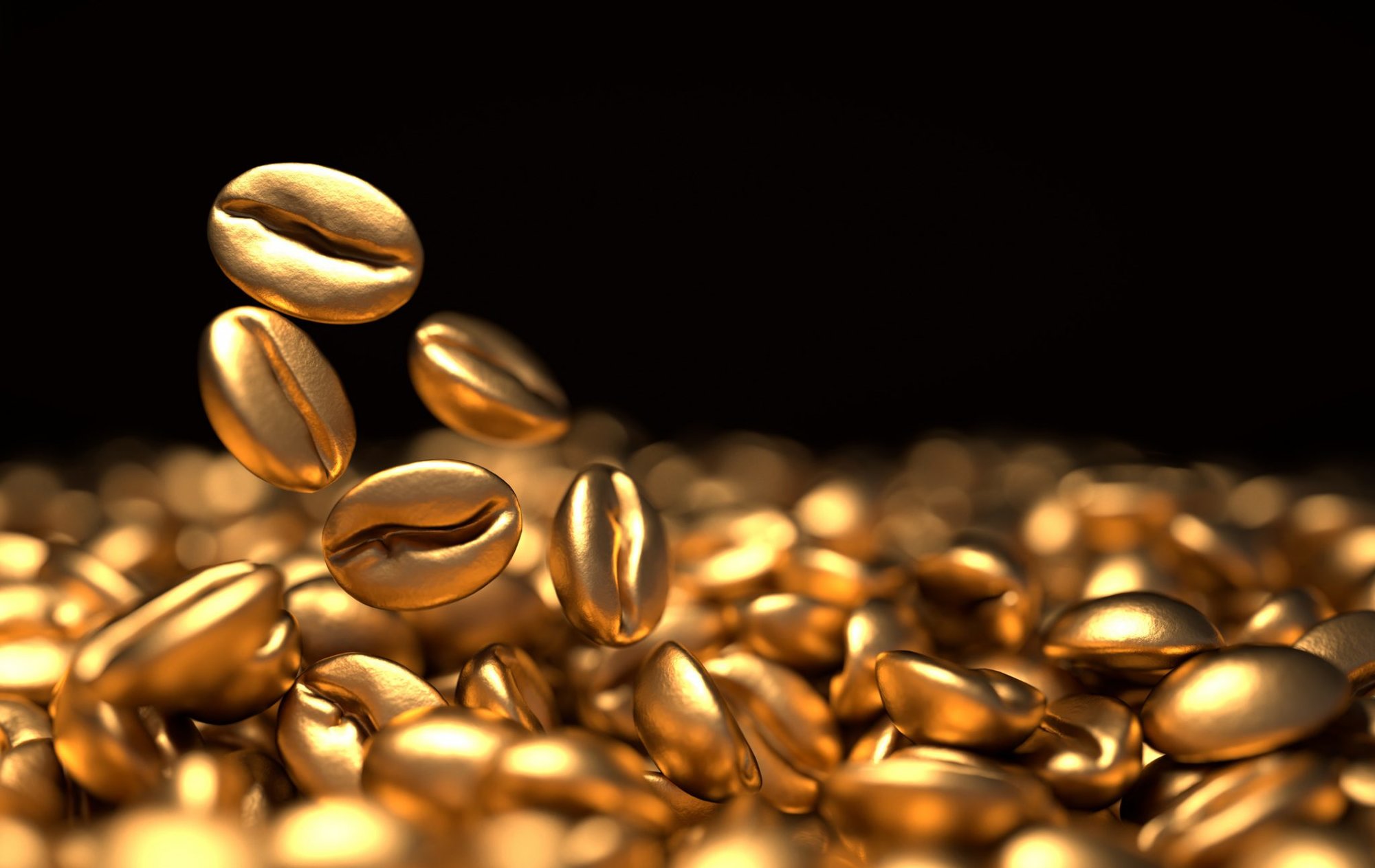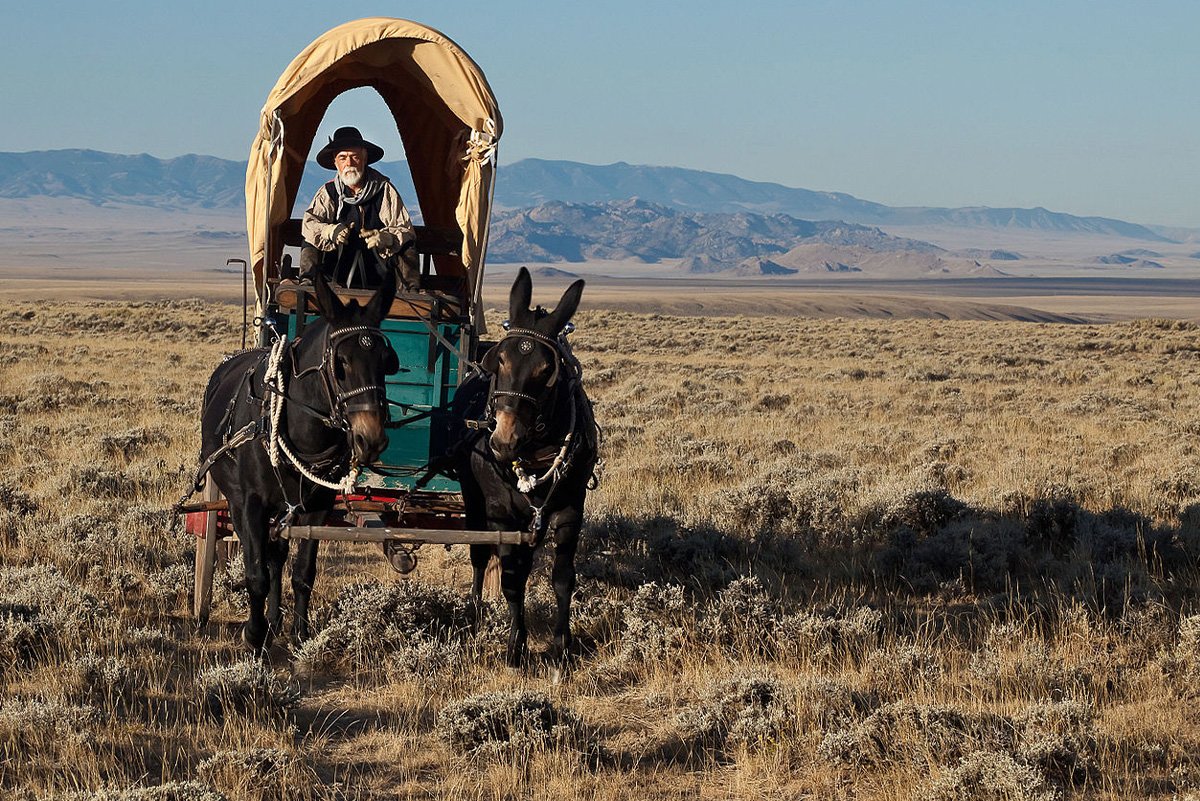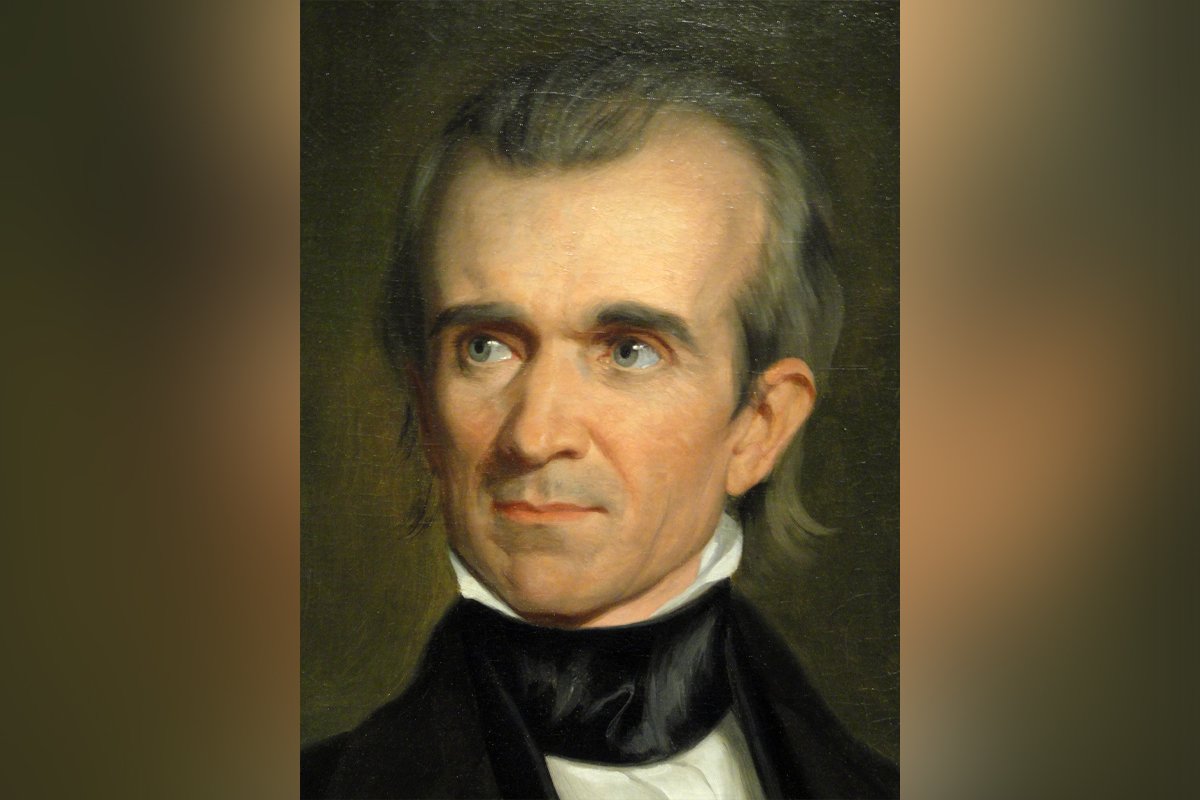How Gold Rush Inflation Sent Coffee Prices to the Highest in American History

One bag of coffee during the gold rush skyrocketed to as high as $40 a pound — or about $1,200 in today’s dollars. Photo by Meranna via iStock.
Life in America is getting more and more expensive by the day. Photos of gas prices in California are stoking fears of inflation across the country. There’s reason for concern, as inflation is at the highest rate seen since 1982. But if you think California is bad now, remember that it can always be worse.
In 1848, carpenter and famous hard-luck case James W. Marshall found gold while building John Sutter’s sawmill on California’s American River. The find sparked an influx of settlers into the region over the next seven years, which we now call the California gold rush. While we remember the gold rush in books, cartoons, and a Bay Area football team, the reality is that it wasn’t all eureka moments for the people who settled there.
The sudden arrival of an estimated 300,000 people in an area with a population of almost half that number caused a lot of problems. It led to the rapid decline of the Indigenous population through disease, starvation, and murder, and many settlers trying to make it to California overland died from accidents and disease before they ever set foot there.

Then inflation made everything worse.
According to Investopedia, since the United States declared independence in 1776, the highest year-over-year inflation rate here was 29.78% in 1778, while the US was fighting the Revolutionary War. Economists now use the consumer price index to measure inflation, and the country’s highest year-over-year inflation rate that’s been recorded since 1913 was during World War I, when the inflation rate hit 19.66% in 1917.
But when hundreds of thousands of people rushed to California in search of gold and fast fortunes, the inflation rate in California skyrocketed to levels never seen in American history, jumping to more than 30%.
It turns out that neither a blockade by the world’s most powerful navy nor a global conflict could compare with the inflation brought on by hundreds of thousands of people looking for gold in one part of the country, with only a handful actually finding any.

It wasn’t because of increased demand and dwindling supplies caused by the Royal Navy cutting off access to ports. The gold rush inflation happened because the US monetary system was based on gold. Sudden huge increases in the gold supply caused inflation.
Lump in the inflation rate with a cornered market, an influx of precious metals, and a 515% jump in the wages of California miners and other laborers, and you end up paying in the neighborhood of $40 for a pound of coffee.
Even before oil became the standard by which Main Street judges the health of the economy, commodity prices set the tone of the day. As of March 2022, the price of coffee on the world market is the highest since 2011 but is still around $2.50 a pound. By 1849, Californians were paying $1,200 per pound in today’s dollars.
Merchants catering to those participating in the California gold rush profited more from it than those who struck out to find new lives as prospectors or miners in California. The physical distance from the rest of the United States combined with limited development before the gold rush, along with the newfound wealth, meant merchants could charge almost anything they wanted — and they did.
If the “forty-niners” wanted to replace a pair of boots, which they probably needed to go out prospecting for more gold, it would cost around the modern equivalent of $3,000. If they needed a pickax to dig with, the tool would have cost them roughly $1,500.

Rounding out their extraordinarily expensive coffee with a complete breakfast was a rich man’s game too. A 2015 Smithsonian Magazine article put it in stark terms:
“Edward Gould Buffum, author of Six Months in the Gold Mines (1850), described having a breakfast of bread, cheese, butter, sardines and two bottles of beer with a friend and receiving a bill for $43 – the equivalent [in 2015] of about $1,200. There were reports of canteens charging a dollar for a slice of bread or two if it was buttered, the equivalent of $56. A dozen eggs might cost you $90.”
The economic news wasn’t all terrible, however. In just a couple of years, California had the population necessary to become a US state, and new industries popped up to support the Union’s newest member. Lumber, textiles, and flour industries all boomed in the wake of the gold rush. Newcomers also expanded the state’s agricultural and transportation sectors. Even foreign governments began investing in California’s future.
It seems like the only people who didn’t benefit from the California gold rush were James Marshall and John Sutter, who profited from neither the gold nor their sawmill.
Read Next: The History of Spanish Coffee: How a Fiery Cocktail Became a Sweet Spectacle

Blake Stilwell is a traveler and writer with degrees in design, television & film, journalism, public relations, international relations, and business administration. He is a former US Air Force combat photographer with experience covering politics, entertainment, development, nonprofit, military, and government. His work can be found at We Are The Mighty, Business Insider, Fox News, ABC News, NBC, HBO, and the White House.
BRCC and Bad Moon Print Press team up for an exclusive, limited-edition T-shirt design!
BRCC partners with Team Room Design for an exclusive T-shirt release!
Thirty Seconds Out has partnered with BRCC for an exclusive shirt design invoking the God of Winter.
Lucas O'Hara of Grizzly Forge has teamed up with BRCC for a badass, exclusive Shirt Club T-shirt design featuring his most popular knife and tiomahawk.
Coffee or Die sits down with one of the graphic designers behind Black Rifle Coffee's signature look and vibe.
Biden will award the Medal of Honor to a Vietnam War Army helicopter pilot who risked his life to save a reconnaissance team from almost certain death.
Ever wonder how much Jack Mandaville would f*ck sh*t up if he went back in time? The American Revolution didn't even see him coming.
A nearly 200-year-old West Point time capsule that at first appeared to yield little more than dust contains hidden treasure, the US Military Academy said.












